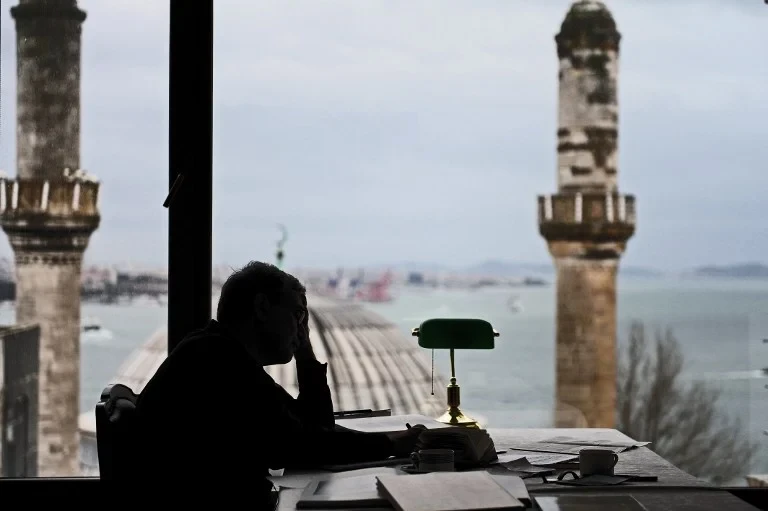Historic Atik Mustafa Pasha Mosque in Istanbul reopens after restoration
Unveiling its Byzantine roots, a 965-year-old Istanbul landmark has returned to glory. The Atik Mustafa Pasha Mosque, originally built as the Kristos Pantepoptes Church in 1059, has undergone a restoration spearheaded by Türkiye’s Ministry of Culture and Tourism. The building was converted into a mosque by Grand Vizier Koca Mustafa Pasha.
Workers carefully preserved elements of the building from the Byzantine and Ottoman periods. Buried beneath a meter of soil, archaeologists meticulously excavated down to the original Byzantine floor level, where they made a stunning discovery: a beautiful mosaic.
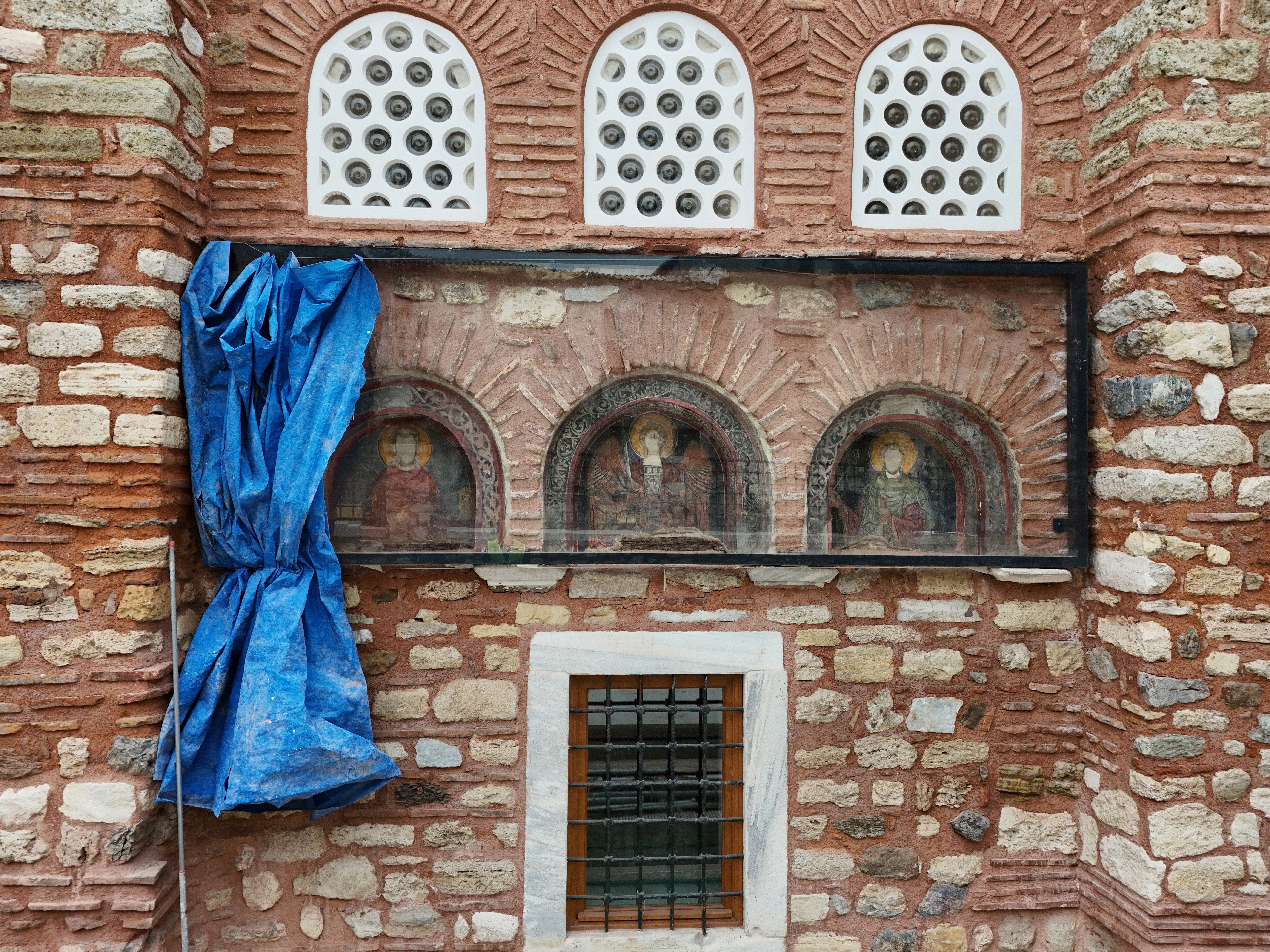

Beneath layers of carpet and soil, workers discovered a captivating floor adorned with Byzantine tiles, marble, columns, and even frescoes depicting hell. To preserve this, a portion of the floor has been transformed into a museum, complete with a glass walkway and lighting system.
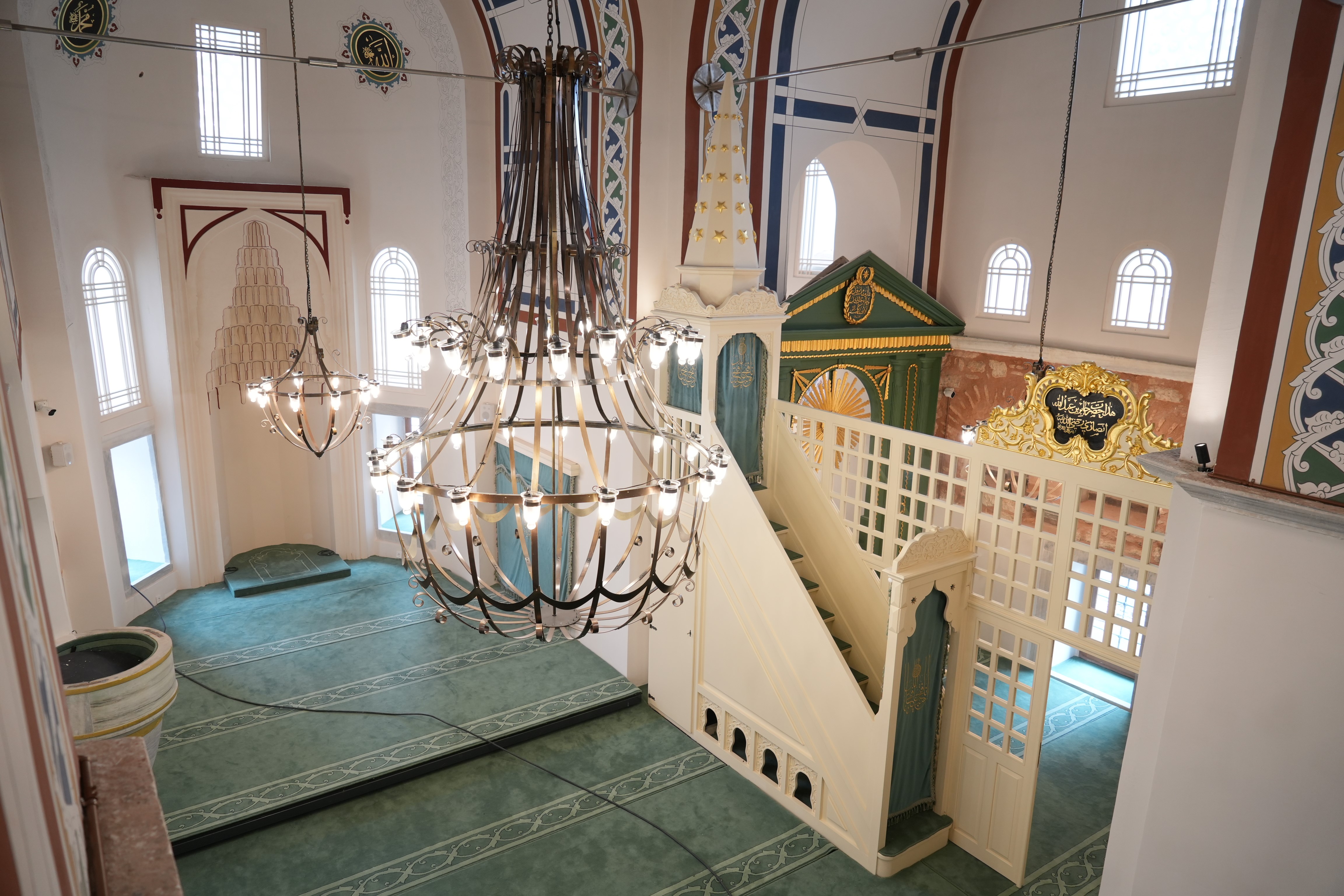
This mosque, a popular destination for both local and international tourists, is also known as the Hazrat Cabir Mosque. The name comes from its association with Cabir bin Abdullah, a Companion of the Prophet Muhammad, who is believed to be buried here.
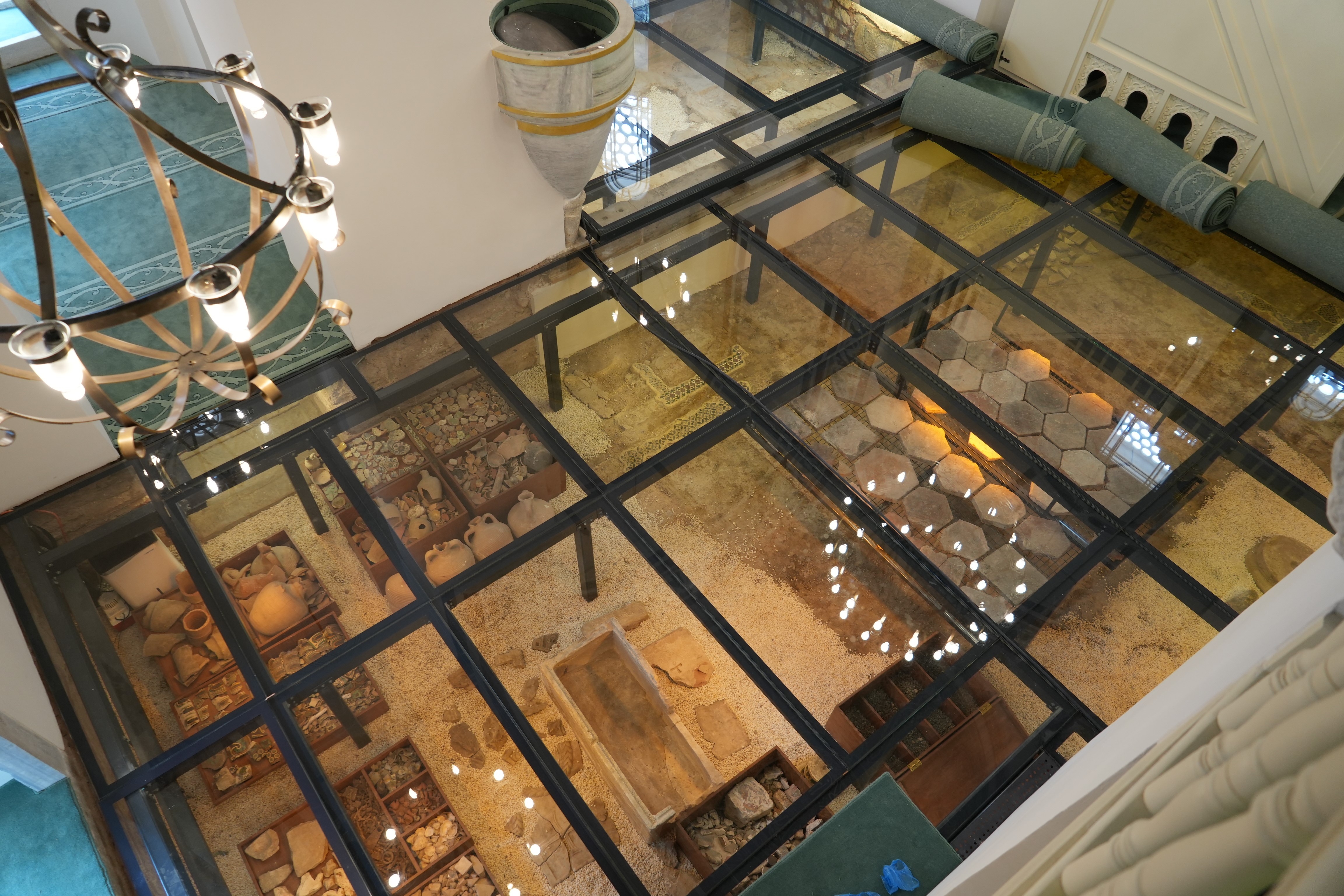
Archaeological finds unearthed during restoration
Speaking about the history of the mosque, Feyyaz Fidan, head of the Artworks and Building Works Branch of Istanbul 1st Regional Directorate of Foundations, said: “Istanbul’s Hazrat Cabir Mosque, originally built in 1059 as a monastery, boasts a rich history. The mosque, also known as Atik Mustafa Pasha Mosque, was converted to its current function by Koca Mustafa Pasha, a grand vizier under Sultan Bayezid II. The mosque’s name further holds significance as it’s said to enshrine the tomb of Companion Cabir bin Abdullah, who participated in the siege of Istanbul.”
According to Fidan, even though the building has been in existence for nearly a thousand years, the Hazrat Cabir Mosque hasn’t been spared the ravages of time. Historical records reveal damage from earthquakes and fires. The 1509 earthquake left its mark, while the 1792 “small apocalypse” earthquake in Istanbul caused significant destruction. The mosque’s minaret collapsed entirely, and the dome suffered damage. In the aftermath, a new minaret, constructed from cut stone, replaced the lost one.
Recognizing the historic significance of the Hazrat Cabir Mosque, Türkiye’s Ministry of Culture and Tourism took action. “In 2018,” Feyyaz Fidan explains, “the General Directorate of Foundations secured approval from the Conservation Board for surveying and restoring the mosque.” Restoration works commenced in 2021.
The initial phase involved careful exploration. “We conducted research excavations and blasting works,” Fidan said. “These excavations unearthed a floor known as ‘opus sectila,’ dating back to the building’s original construction period, just one meter below the surface.” This exciting discovery will be showcased for visitors. A special glass floor will be installed, revealing the ancient opus sectila alongside unearthed artifacts like ceramic and mosaic fragments, original Ottoman shashkhanes (elaborate window coverings), and other treasures unearthed during the restoration. Fidan concludes, “Removing the carpet will allow visitors to directly experience this piece of history.”
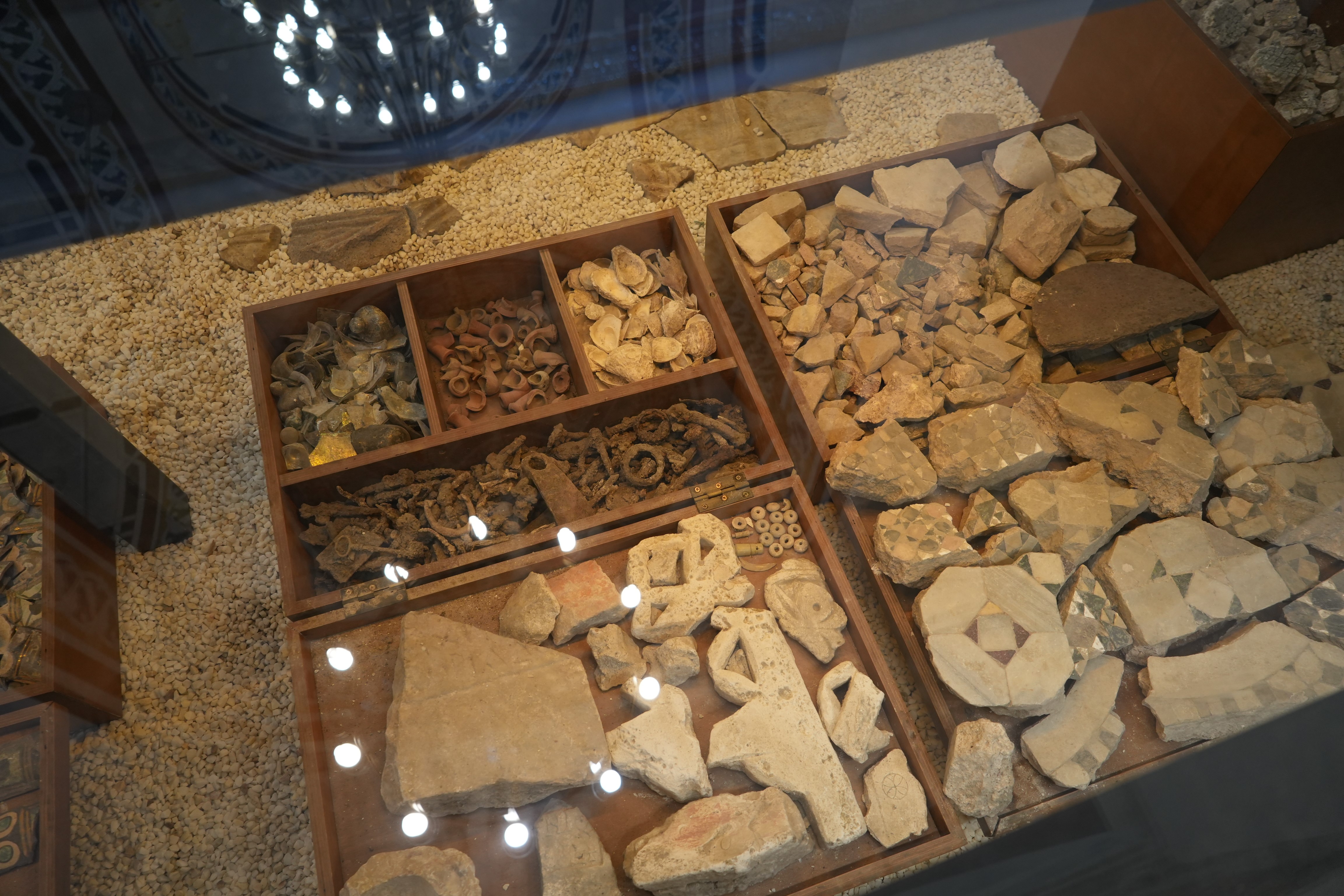
Structure strengthened against earthquakes
Fidan, describing the work carried out said, “The interior and exterior body of the building was scraped. Cement-based plasters made in previous repairs were scraped and fresco plasters were found on the interior surfaces. Fresco plasters and ‘opus sectila’ were documented and conserved. In line with the decision of the Scientific Committee, a steel construction and a glass floor were built inside the harim to show the layers of the structure.
To showcase the interiors of the mosque decorated with floral pencil works, craftsmen carried out meticulous restorations. The exterior was grouted in accordance with the original mortar composition. Craftsmen regrouted the structure using a mortar recipe that matched the original, while innovative injection techniques bolstered the mosque’s resilience against earthquakes.
The minaret underwent a partial deconstruction. The upper section was painstakingly rebuilt using the same techniques employed by the mosque’s original builders. The dome’s top cover received new bullet elements, and the historic “hedgehog eaves” were reproduced. The windows and doors were replaced with replicas crafted from the original materials and sized to match the historical design. The original tomb door and Mahmud Sun fumigation works were carried out.”
